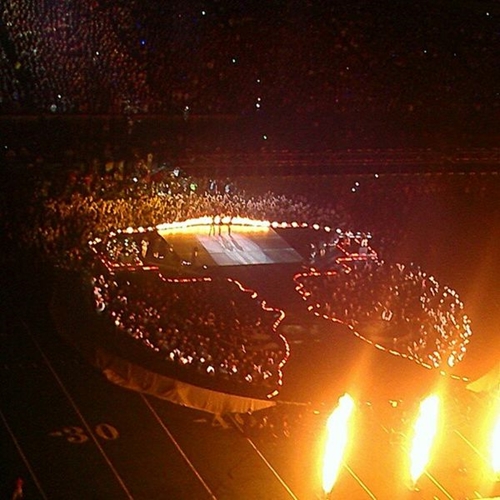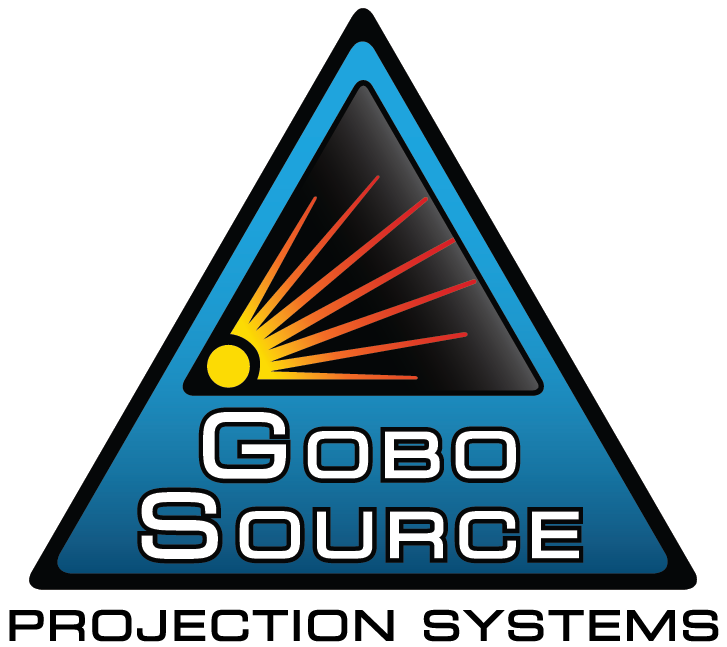
May and June are among the most exciting months in sports, mainly because three professional leagues are going on at once, and two of them are in the playoffs. Right now, the National Basketball Association, National Hockey League and Major League Baseball are all in the throes of very exciting seasons, and this year is even more special with the approaching World Cup tournament.
Anyone who has ever been to a professional basketball, hockey or baseball game knows that the lighting design and stadium theatrics are as much a part of the experience as the sport itself. Failing to deliver a show that keeps fans in their seats can have a detrimental impact on the team’s following and, over time, its ticket sales.
Nowhere is this more true than with the Super Bowl. Every year over 100 million people tune in to watch on TV, and as a result there is considerable pressure to deliver a legendary spectacle. Production Resource Group, a lighting design company that worked on the Super Bowl XLVII Halftime Show, writes on their website that the foundation of their show was the power delivery system. Given that the show itself was taking place a thousand feet from where the lighting controllers were located, it was critical to have a setup that could deliver enough electricity — and do so quickly — to the hundreds of lights they had set up as part of the performance.
Even if you’re not designing a spectacle that is quite as big as the Super Bowl Halftime Show, you should still make sure that your custom gobos and other lighting equipment are connected to a power source that has sufficient capacity and won’t experience a surge or short that could damage your equipment. This becomes even more important as you add more projectors to your design. Small venues may only have a single outlet available and connecting just a few halogen lights can quickly exceed the outlets capacity. Instead, consider using LED projectors, which require only a fraction of the power used by classic halogen lights. Taking this into account will not only ensure that your show goes off without a hitch, but that you can continue to use your equipment for future projects.
